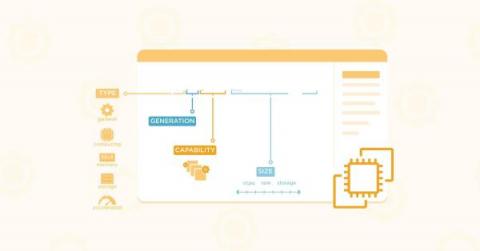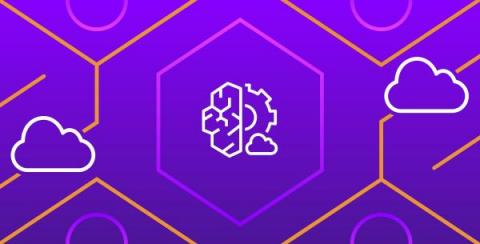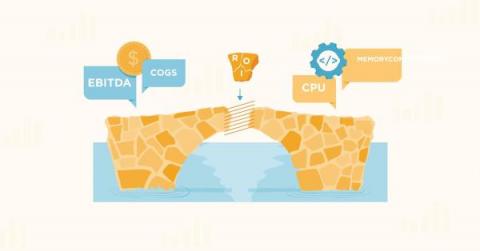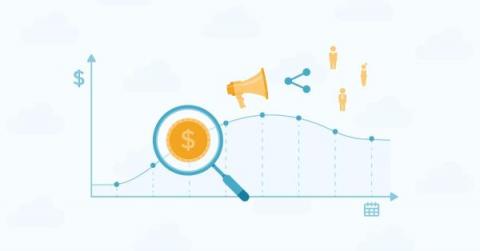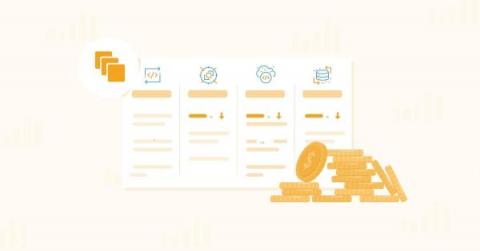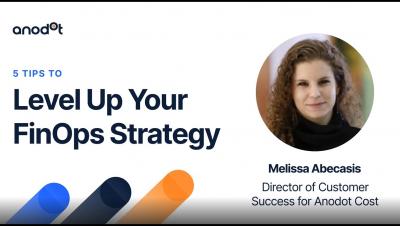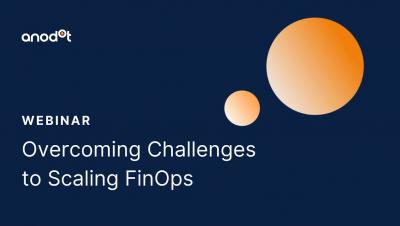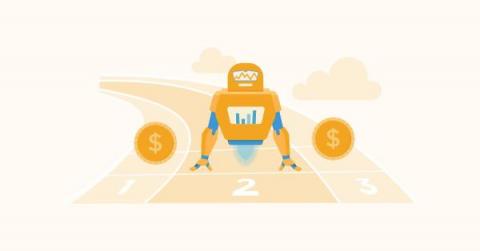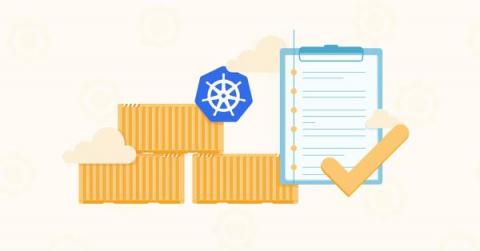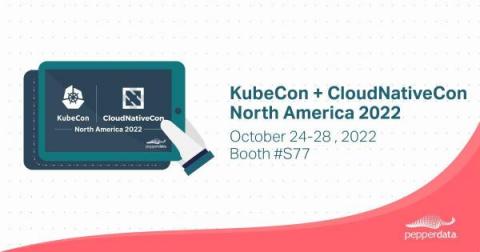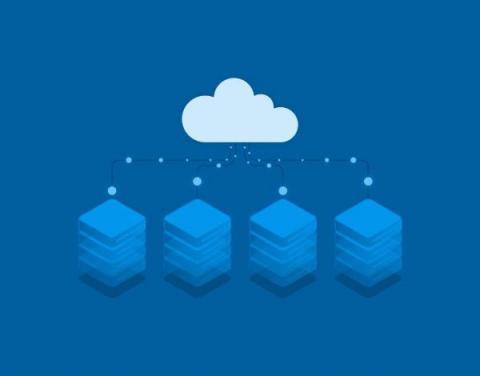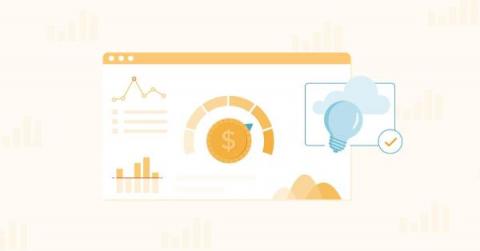Operations | Monitoring | ITSM | DevOps | Cloud
November 2022
Improve your EC2 rightsizing recommendations with Datadog and AWS Compute Optimizer
While cloud solutions can give you greater flexibility as you scale your infrastructure, limited visibility into resource utilization makes provisioning the right amount of compute resources challenging. To ensure that every workload is fully supported, many organizations may opt to over-provision, which leads to overspending. Or, in an attempt to maximize cost savings, organizations may under-provision, leaving workloads unsupported and risking serious performance impacts.
A Definitive Guide To Cost Optimization - Systems, Processes & Best Practices
How Finance Can Instill An ROI Mindset In Engineering
Cost monitoring in Cloud Native with Finout - Civo TV
The Amazing Economics of Cloud Computing and Something Called Capital
Cloud Costs From A Cloud Product Manager's Perspective
Amazon EC2 Pricing Explained: An EC2 Cost Guide For 2023
Cloud Cost Takes Centerstage: How Airbnb, Netflix, And Twitter Plan To Optimize
Top 5 FinOps Tips
Are We There Yet? How To Know When You've Got Deep Enough Cloud Cost Metrics
How NaaS and SDCI Can Lower Your Cloud Spend
Cloud costs can pile up quickly, and often behind the scenes. We explain how software-defined cloud interconnect (SDCI) can help your business rein in a swelling budget.
Webinar: Overcoming Challenges to Scaling FinOps
The Quest For Sunken Treasure: Top-Down Vs. Bottom-Up Cloud Cost Allocation
The Unit Economics Journey: Cost Considerations At Each Venture Stage
10 things you should know about using AWS S3
Kubernetes Best Practices For 2023 (To Implement ASAP)
What We Learned at KubeCon 2022
Monitoring Cloud Database Costs with OpenTelemetry and Honeycomb
In the last few years, the usage of databases that charge by request, query, or insert—rather than by provisioned compute infrastructure (e.g., CPU, RAM, etc.)—has grown significantly. They’re popular for a lot of the same reasons that serverless compute functions are, as the cost will scale with your usage. No one is using your site? No problem: you’re not charged.


